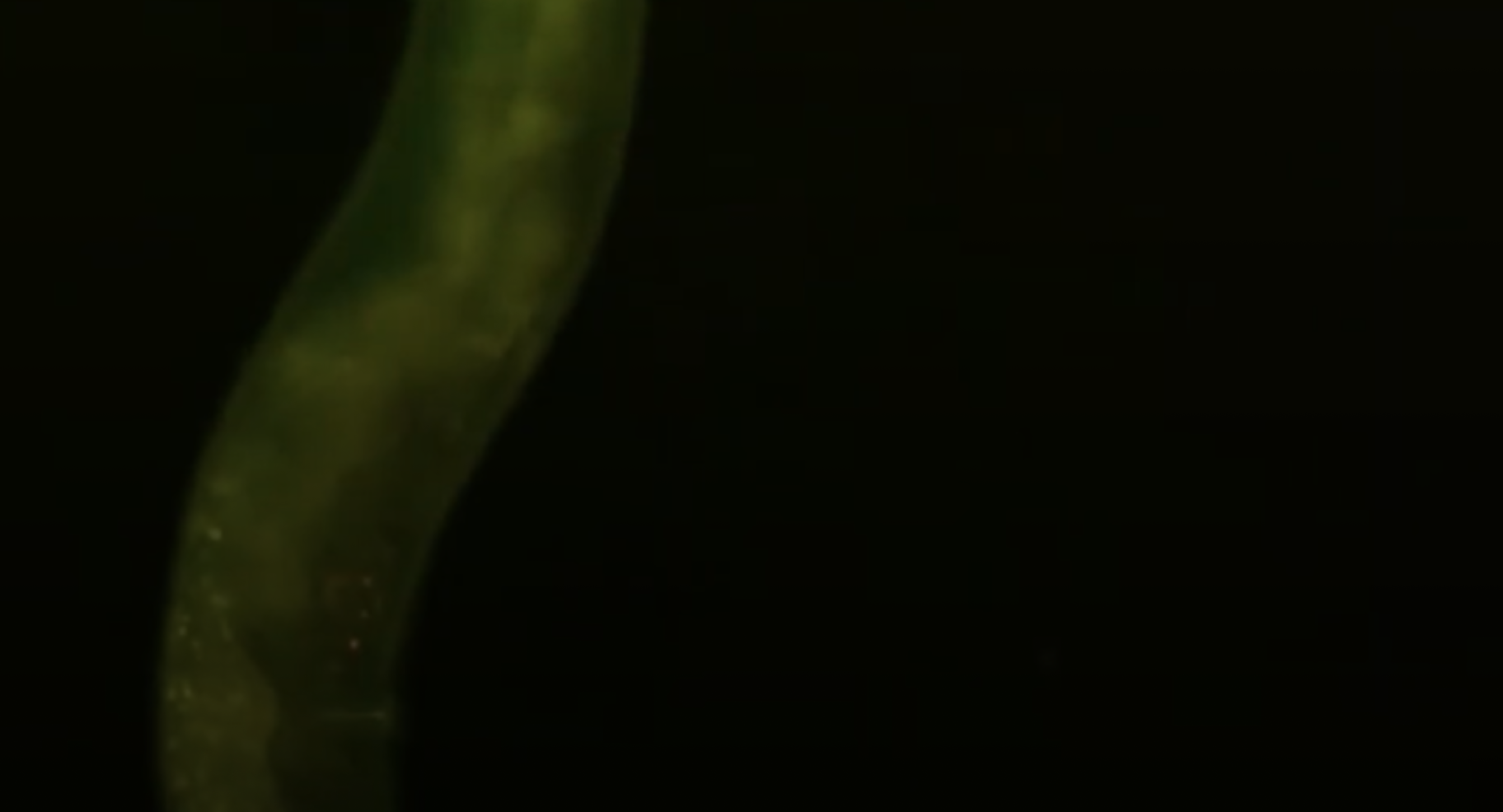The scientists said developing colloidal diamonds has been “a dream of researchers since the 1990s.” This
Researchers from New York Universityhave been studying these structures and possible ways to connect them to each other for decades. Now they have introduced a method where each colloid is attached to another using DNA strands located on the surface. Moreover, when colloids collide with each other in a liquid medium, DNA molecules adhere to each other and bind the particles. Depending on where the DNA attaches to the colloid, the structure of the pattern can be varied.

A very accurate quantum thermometer has appeared
Scientists have found that they can usesteric blocking effect, which will spontaneously create the necessary stepped connections and create a solid structure. In this case, when the pyramidal colloids approached each other, they joined in the required orientation to form a diamond structure. Therefore, instead of engaging in the expensive and painstaking process of creating these structures using nanomachines, this mechanism allows colloids to structure without the need for external intervention. Moreover, diamond structures are stable even when the liquid in which they are formed disappears.
This discovery can be applied to light and cost-effective high-efficiency lasers, new types of beam sensors and systems, and light control in three-dimensional photonic integrated circuits.
Read also
The Doomsday glacier turned out to be more dangerous than scientists thought. We tell the main thing
GitHub has replaced the term "master" with a neutral equivalent
Two pieces of evidence of extraterrestrial life emerged at once. One is on Venus, the other is unknown